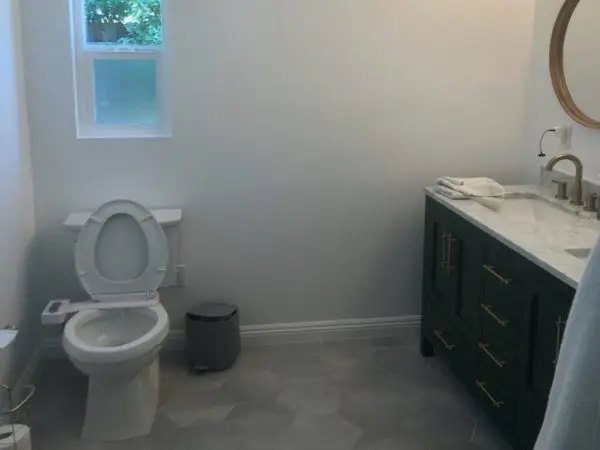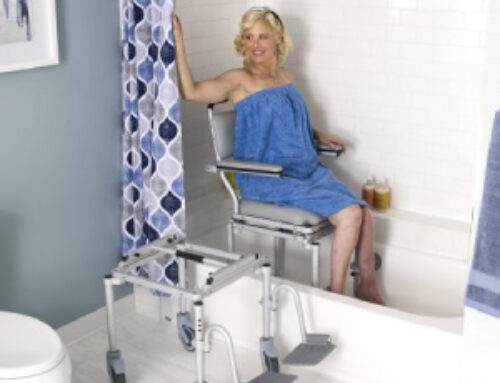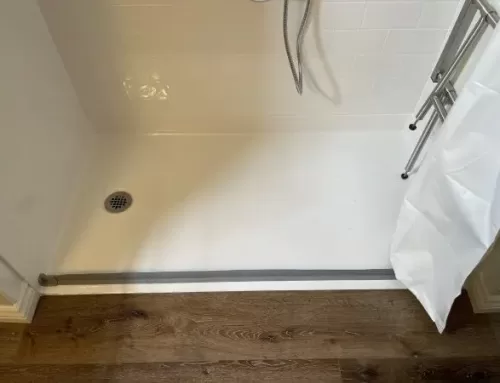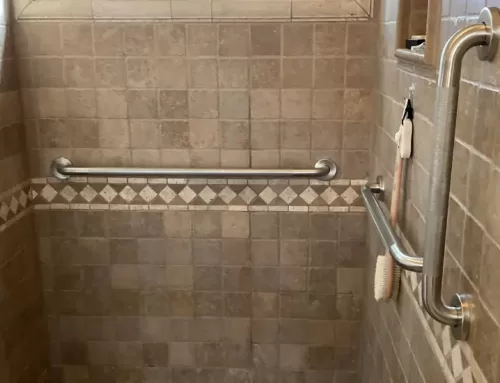Handicap bathroom renovation is vital for individuals with disabilities who face challenges using standard bathrooms. Creating accessible and functional bathrooms through renovations can greatly improve the quality of life for people with disabilities. Standard bathrooms may not be equipped to cater to their unique needs, hindering independence and safety. By adding things like grab bars, adjustable fixtures, and non-slip flooring, the space can be made easier to use and move around in.
Focusing on making safe environments is good for people’s health and encourages them to live on their own. So, in this article, we will explore key considerations for successful bathroom renovations for handicapped that enhance accessibility. Such considerations will include layout design, adaptive fixture selection, and other essentials. Keep reading to learn more.
The Benefits of Handicap Bathroom Renovation
Handicap bathroom remodeling offers numerous benefits to individuals with disabilities. Unlike public spaces that may have limited accessibility features, a home renovation allows for personalized customization based on specific needs. This customization ensures ease of use and promotes independent living.
Accessible bathrooms are designed with wider entrances and hallways to accommodate wheelchairs and walkers. In such bathrooms, grab bars provide support for stability and mobility. In addition, adjustable shower seats allow users to bathe comfortably at their preferred height, making the space more user-friendly.
Overall, handicap bathroom remodeling creates functional spaces tailored to individual requirements. They provide greater independence and an improved quality of life for those with disabilities.
4 Tips for Accessible Bathroom Renovation
Tip 1: Accessible Layout Design
Designing an accessible and stylish handicap bathroom layout is crucial for creating a safe and functional space. Such a space caters to the unique needs of individuals with disabilities. One important tip is to emphasize an open layout, allowing ample room for mobility aids such as wheelchairs or walkers. This ampleness ensures easy maneuverability within the bathroom.
Moreover, wider doorways are essential in promoting accessibility, enabling smooth entry and exit for wheelchair users. Additionally, incorporating clear pathways throughout the bathroom eliminates any potential obstacles that may block movement.
For individuals with specific handicaps, it’s important to consider modifications tailored to their needs. For example, installing grab bars at appropriate heights can provide support and stability during transfers or movements around the bathroom area.
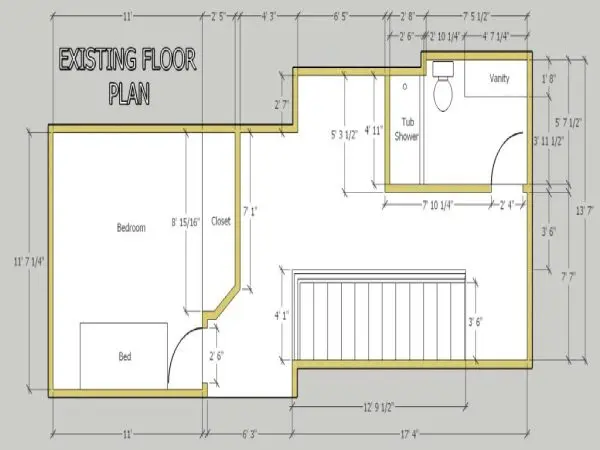
Another aspect of designing an accessible layout involves identifying suitable locations for handrails near toilets and ensuring sufficient clearance around them. Following accessibility guidelines like the ADA (Americans with Disabilities Act) standards will ensure proper toilet placement based on seat height requirements. It will take into account convenience factors like flush controls.
When dealing with shower areas in handicap bathrooms, a popular addition is a shower seat. It offers comfort and safety options when standing becomes challenging or maintaining balance poses difficulties. Examples of such seats include wall-mounted foldable seats or built-in bench options made from water-resistant materials like teak wood or plastic.
Tip 2: Adaptive Fixtures and Features
When it comes to accessible bathroom renovation, selecting adaptive fixtures and features is crucial. It assists in creating a safe and independent space for individuals with disabilities. One important consideration is the installation of grab bars strategically placed throughout the bathroom. They provide support and stability during transfers or movements.
Another feature to consider is adjustable-height sinks that can accommodate users at different levels, whether seated or standing. This accommodation allows for greater accessibility and convenience based on individual needs.
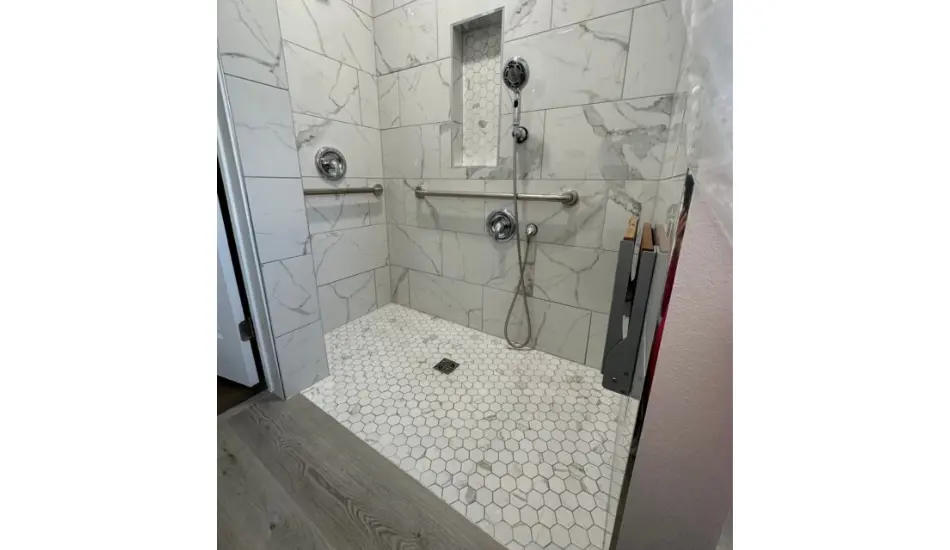
In terms of toilets, opting for accessible models with adjustable seat heights ensures comfort while maintaining independence. Additionally, features like bidets or hands-free flushing mechanisms offer added convenience. Safety should be a top priority when choosing flooring materials. Non-slip surfaces are essential in preventing accidents caused by wet floors.
To enhance independence within the bathroom space further, additional features such as handheld showerheads or touchless faucets are recommended. They allow users to control water flow easily without relying on assistance from others.
Tip 3: Proper Lighting and Color Contrast
Proper lighting is essential to creating a safe and accessible bathroom for individuals with disabilities. Adequate lighting not only reduces the risk of falls but also enhances comfort and convenience. One tip is to install motion sensor lighting. It allows lights to turn on automatically when someone enters the room. This feature is particularly helpful for those with visual impairments or limited mobility.
Furthermore, lowering light switch positions within reach of wheelchair users ensures that they can easily control the lights independently. Additionally, incorporating spotlights, downlights, and floor lights can help highlight specific fixtures and fittings in the bathroom.
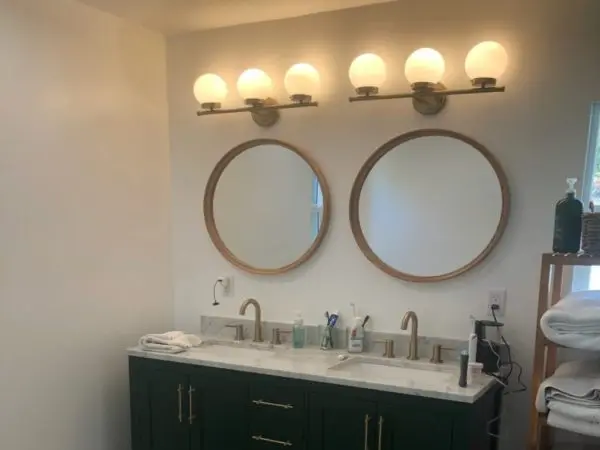
A spotlight is a tool used to shine bright light on a clear area. A downlight is a type of light that shines down toward the floor. It is usually a light that is fixed into a hole in the ceiling. Lastly, floor lights are usually put on the floor and give off a soft, even glow that can help make the space feel more relaxing.
In terms of color contrast, using contrasting colors for elements such as walls, flooring, and fixtures aids individuals with low vision. The contrast makes it easier to differentiate between different surfaces or objects within the space.
Strategically placed lighting fixtures are important considerations during a disability bathroom design project. Installing bright overhead lights provides general illumination. Conversely, task-specific illumination near mirrors or shower areas enables better visibility during activities like grooming or bathing.
Tip 4: Future-Proofing the Bathroom
When planning a handicap bathroom makeover, it’s essential to consider future-proofing the space for long-term accessibility. Design choices should allow for easy modifications and upgrades without compromising on style or functionality.
Creating a bathroom with ample space is key to accommodating potential adaptations in the future. This includes considering plumbing infrastructure that can support additions like grab bars or adjustable fixtures as needed. Additionally, if feasible, having bathrooms both downstairs and upstairs with level or step-free access ensures convenience regardless of mobility changes.
The stability and security of any wall-mounted shower seats or grab rails depend on the wall’s ability to support their weight. When mounting things on hollow walls like stud partitions, using fixings that are the right size and are made to grip solid backgrounds adds security.
Picking classic styles and long-lasting materials is recommended. It makes it possible to make changes that fit your needs over time while keeping the design’s appeal. Considering slightly higher toilets and walk-in showers instead of traditional bath tubs, bright lighting and non-slip flooring expand options for age-attentive design.
Technology also plays a role in creating smart and adaptive bathrooms. Smart faucets equipped with touchless controls enhance convenience and hygiene. As technology improves and becomes easier to use, more options open up, letting people enter barrier-free living spaces.
Conclusion
Implementing these four essential tips for barrier-free bathroom renovation can make a significant difference in the lives of individuals with disabilities. By widening doorways and installing grab bars or adjustable fixtures, we promote independence and inclusion. Proper lighting, non-slip flooring, and smart technology integration further improve accessibility features within the bathroom space.
At Call Before You Fall, we are committed to providing people with the tools they need to live safer, more independent lives. Our expertise ensures that your handicapped bathroom renovation project is tailored specifically to individual needs while adhering to accessibility guidelines. Together, let’s create bathrooms that empower individuals and maximize their quality of life. Contact us today!

